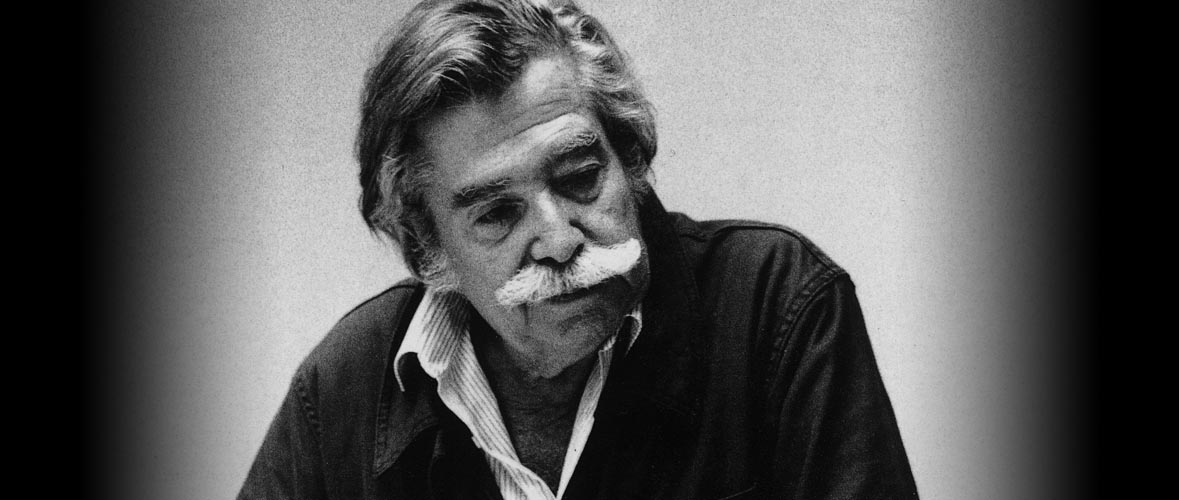

The classic of modern Spanish painting, Antoni Clavé (1913 – 2005) is one of the most distinctive
figures of the Catalan avant-garde initiated by Pablo Picasso, Joan Miró, Salvador Dalí and Antoni Tàpies. His work reached maturity in the atmosphere of the School of Paris and the influence of Picasso. He appeared on the art scene as an accomplished draughtsman and gained early success as a designer of cinema posters. Stage and costume design for ballet and theatre formed an important part of his work. From 1954 he was exclusively concerned with painting. In contrast to early figurative work, his later work is completely abstract, inspired by the textures of derelict walls and graffiti. To achieve a desired visual effect, he experimented with various non-artistic materials and collage became an essential construction element of his work. Integrating bits of newspapers, crumpled paper and found objects into his paintings; he finished them off using trompe-l’oeil imitation. This corresponded to Art Informel. His palette gradually changed into a dark, almost black colour range and became enigmatic. Clavé was increasingly concerned with the treatment of space – creating high reliefs, assemblages and totemic sculptures from wood and treated leather. As he spent most of his life in France, his work has been highly regarded in Spanish and French post-war painting.





















